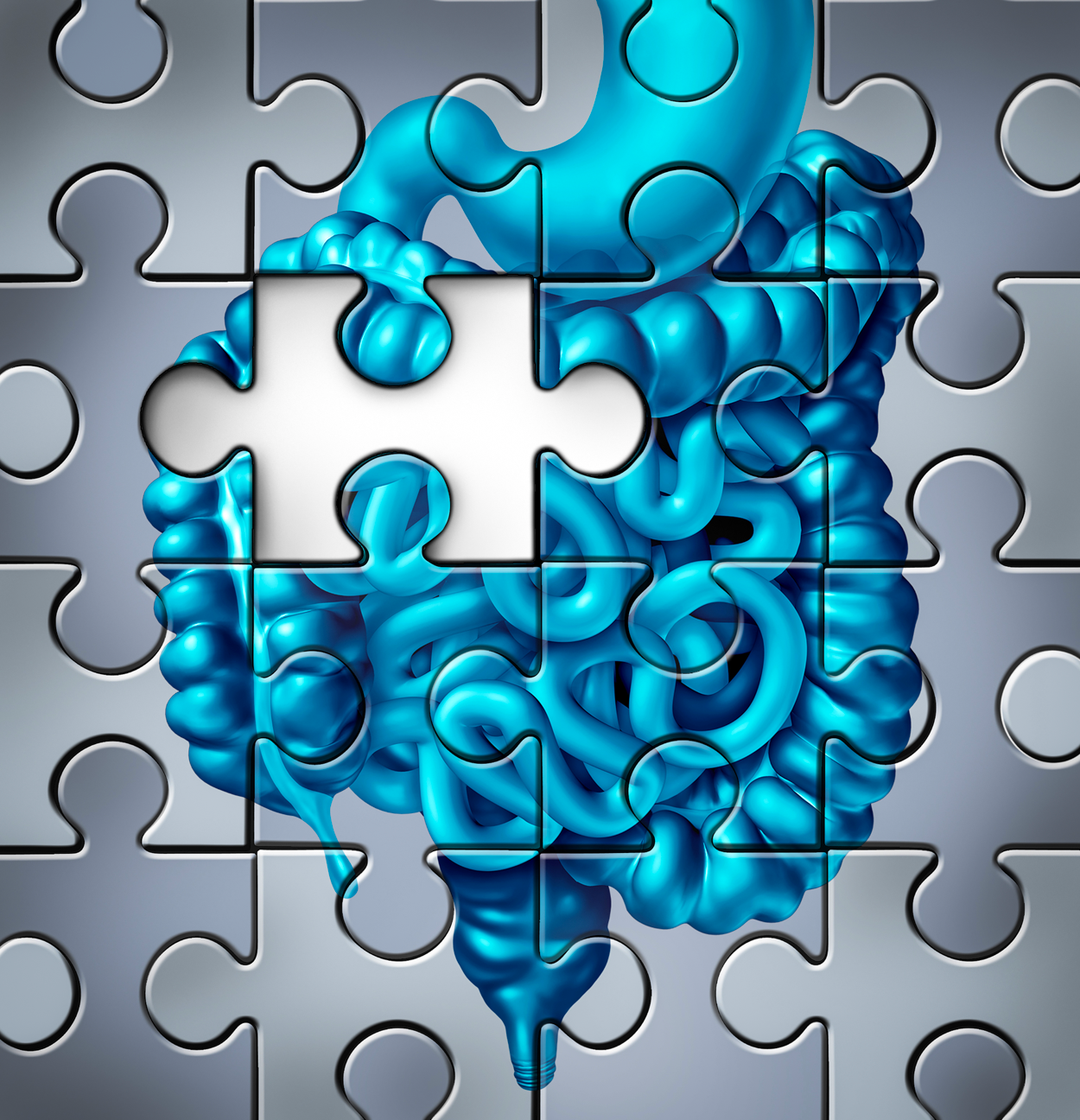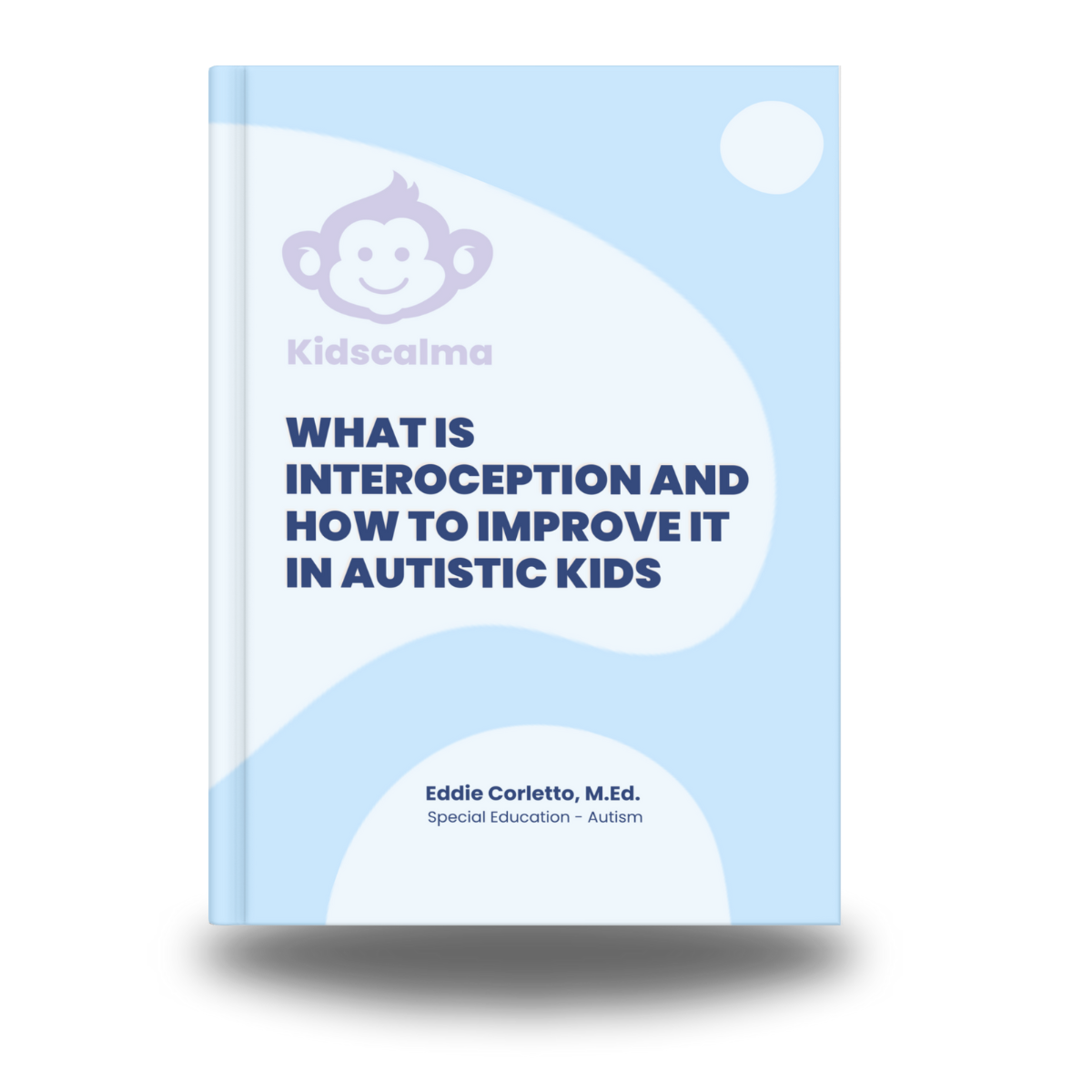What is interoception and how to improve it in autistic kids

Welcome to our study of interoception. A usually ignored sense that is very important for our daily lives, especially for children with autism spectrum disorder. Understanding interoception can be a game-changer in supporting your child’s physical and emotional well-being. This guide aims to explain what interoception is, how it works, and ways to improve it in daily life.
What is interoception?
Interoception is our ability to sense internal bodily signals. It is often referred to as the eighth sensory system, highlighting its importance alongside the other well-known senses. Think of it as your internal dashboard that alerts you when you’re hungry, thirsty, feeling pain, or need to use the bathroom. It is one of eight sensory systems. This sense helps regulate essential functions such as heart rate, digestion, and emotional states.
For autistic individuals, interoception can be particularly challenging. Misinterpreting body signals might lead to issues like dehydration, overeating, or meltdowns. This internal sensory system is vital for self-regulation and overall well-being.
How the interoceptive system works
Our bodies constantly send us signals about our internal state. These signals, or body cues, come from various sources, including organs, muscles, skin, and the immune system. They inform us about changes in body temperature, hunger, pain, and other vital functions. Knowing and responding to these signals helps us stay healthy inside, making sure we meet our physical and emotional needs.
For example, when you feel your stomach growl, it’s a signal from your digestive system showing hunger. When you know this signal, you can respond by eating, which helps maintain your body’s energy levels. Similarly, recognizing a dry mouth or throat signals dehydration, prompting you to drink water and stay hydrated.

Interocepción y regulación emocional
Interoception plays a key role in emotional regulation. Our ability to identify and manage emotions depends on accurately understanding internal signals. By recognizing these signals, individuals can link them to a particular emotion, such as anxiety or excitement. For example, recognizing a racing heart can help us understand and manage anxiety. Improved interoceptive awareness improves emotional control and reduces stress, making it easier to navigate daily challenges.
Think about how you feel when you’re nervous: your heart might race, your palms might sweat, and you might feel a knot in your stomach. These physical signals are your body’s way of alerting you to your emotional state. By knowing these signs, you can take steps to control your anxiety, like breathing deeply or taking a break.
Physical health and interoception
Body awareness, particularly interoceptive awareness, is essential for maintaining physical health. The interoceptive sense regulates vital functions like body temperature, hunger, and heart rate. It alerts us to drink water, eat, and seek medical attention when needed. Ignoring these signals can lead to health problems like dehydration or overeating. We can avoid injury during physical activity by changing our efforts based on what we feel inside.
For example, when you exercise, your proprioceptive sense helps you know when you’re doing too much and need to rest. It also alerts you of muscle tension or pain, helping prevent injuries. By paying attention to these signals, you can maintain a healthier, more balanced lifestyle.

Self-regulation and interoception
Self-regulation involves managing thoughts, emotions, and behaviors in response to internal and external demands. Interoception is key in this process. It allows us to recognize stress signals, such as an increased heart rate, and respond with stress-reducing actions. Improving interoception awareness enhances our ability to self-regulate, helping us stay calm and focused.
Imagine you’re in a stressful situation, like giving a presentation. Your body might signal stress through a racing heart or sweaty palms. By recognizing these cues, you can take steps to calm yourself, such as taking deep breaths or pausing to collect your thoughts. This ability to self-regulate is crucial for managing stress and maintaining emotional balance.
Interoceptive accuracy and mental health
Accurate interpretation of body signals significantly impacts mental health. Proper interoception can lower anxiety and improve emotional regulation, especially in individuals with sensory processing challenges. Misinterpretations, on the other hand, can contribute to mental health issues like anxiety and depression. Engaging in physical activities can improve interoceptive accuracy, leading to better mental health.
For example, regular exercise not only improves physical health but also improves interoceptive awareness. Activities like yoga and meditation help you focus on your body’s signals. This helps you understand and respond to your body’s needs better. This can lead to improved emotional well-being and reduced anxiety.
Interoception difficulties in children with autism spectrum disorder
Interoception difficulties in children with autism spectrum disorder
Autistic individuals often face challenges with interoception and sensory processing challenges, struggling to recognize internal body states. Misinterpreting body signals can lead to stress and discomfort, resulting in behavioral issues. This can also impact daily activities and the ability to express needs, such as:
Eating
Toileting
Making decisions
Social engagement
Understanding what is exactly happening with our son Adrian has always been a challenge. His speech delay makes it harder for Wendy (my wife) and I to understand if he is in pain or how he feels. This makes it hard to care for him. Understanding when he is feeling hot or cold has always been a problem for him.
For example, Adrian likes to stand on a planter that leans on a block wall in our backyard. Our backyard backs up immediately onto a main street. By standing on the planter, he can look over the block wall and observe the traffic going by. There is no harm in that. However, if it is hot outside and the sun is shining on him, he does not understand his body’s signals. These signals tell him that he is getting hotter as the minutes go by. If Wendy and I do not get him to transition, we have a big problem on our hands. Eight out of 10 times, Adrian will shut down and go into a meltdown. One that if it is severe enough, can lead to self-injurious behaviors (SIBs).

Strategies to improve interoception in autistic children
Several ways can help autistic people improve their ability to hear and process information better.
Body check chart: Help children identify and link sensations with their body’s signals.
Body scans: Focus on different body parts to recognize sensations.
Therapeutic Activities: Games like Simon Says and yoga help people connect physical feelings with actions.
Imaginative language: Describing sensations with creative language helps children understand interoceptive experiences.
Deep breathing exercises: helps you focus on and understand your emotions.
Progressive muscle relaxation: Enhances awareness of muscle tension and relaxation.
Incorporating mindfulness and body scanning
Mindfulness and body scanning are effective practices for improving interoceptive awareness. Mindfulness meditation encourages a focus on present experiences, including the interoceptive sense. During a body scan, attention is directed to different body parts, noting sensations without judgment. Consistent practice enhances the connection between mind and body, improving emotional regulation.
Mindfulness practices can be simple and integrated into daily routines. For example, start with a few minutes of focused breathing each day. Pay attention to how your body feels, from the feeling of air coming into your lungs to the beating of your heart. Over time, this practice can help improve your ability to tune into and understand your body’s signals.
Creating a personalized interoception improvement plan
A personalized plan begins with assessing your current interoception awareness. Tools like the Interoception Sensory Questionnaire (ISQ) can provide insights into your awareness of body cues. Understanding your strengths and weaknesses helps tailor a plan to your needs.
Your plan might include regular body scans, meditation, and physical activities that help you understand your body’s signals. Choose strategies that fit your lifestyle and integrate them into your daily routine. As your awareness improves, you’ll better navigate life’s challenges.
For example, if you often ignore hunger signals until you’re too hungry, you might set reminders to check in with your body throughout the day. Pay attention to subtle cues, like a slight feeling of emptiness in your stomach, and respond by eating a healthy snack. Over time, these practices can help you develop a stronger connection with your internal world.
Summary
Interoception plays a crucial role in our physical and emotional well-being. Interoception, often referred to as the eighth sensory system, plays a crucial role in our physical and emotional well-being. By improving interoceptive awareness, we can enhance self-regulation, reduce stress, and improve mental health. This is especially important for autistic individuals who face unique interoceptive challenges. Practical activities and personalized improvement plans can help anyone connect better with their inner world, which can lead to better overall health.

Frequently asked questions
What exactly is interoception?
Interoception is the ability to sense internal sensations like hunger, pain, and emotions. This lets us respond to our physical and emotional states
What is interoception in Autism Spectrum Disorder?
Interoception in autism spectrum disorder refers to the ability to sense and interpret internal bodily signals. These signals can be greatly impaired, making it hard to recognize and respond to needs like hunger, thirst, emotions, and bathroom breaks. These difficulties can develop into severe behavioral, emotional, and social difficulties.
What are interoceptive exercises for autistic individuals?
Activities like body check charts, therapy games, child-friendly yoga, and tailored occupational therapy can improve interoceptive awareness in autistic individuals.
Improving interoceptive awareness benefits everyone. By understanding and responding to our internal feelings, we can stay healthy and happy. Whether you’re an autistic person dealing with specific challenges or just want to improve your self-awareness, building interoceptive skills can greatly impact your life.

Hey there! I’m Eddie Corletto, the passionate mind behind kidscalma.com. A proud father of an autistic teenager. A special education teacher with over ten years of experience in the classroom. I hold a master’s degree specializing in Autism and Sensory Processing Disorders. I am deeply committed to supporting autistic children and their families. Kidscalma is my platform to share both my professional and personal experiences. I specialize in creating helpful resources for parents and educators supporting children on the Autism spectrum, Sensory Processing Disorder, and other learning disabilities. When I’m not in my classroom or writing, you might catch me hiking with my family or cycling around the scenic roads of California’s Central Coast. I believe our children can achieve amazing things every day. Connect with me on Facebook or subscribe to my blog for more insights and resources!

What is interoception and how to improve it in autistic kids
Eddie Corletto, M.Ed. Special Education
Published July 19, 2024
Like and Follow us on Facebook Page and visit may our Amazon Store
Other blog
Sensory Overload in Autism and SPD: A Parent’s Guide
Sensory Overload Sensory overload is a term that resonates deeply with parents of exceptional children. It describes a state where the brain...
Why Autism Head Banging Happens and how to Help?
Navigating the challenges of self-injurious behaviors (SIBs), including head banging behavior, can be emotionally challenging for families of...
Why are Sensory Swings Essential for Kids With Autism?
A therapy swing, also known as a sensory swing, like the one shown by Kidscalma, is a tool that helps manage Sensory Processing Disorders. It does...
How Weighted Lap Pads Calm Sensory Overload?
It can be hard to deal with sensory problems in autistic children. But with tools like the weighted lap pad from Kidscalma, we can make them feel...
Toilet Training Autistic Children
Toilet training autistic children can be an overwhelming process, and it often brings an additional layer of challenges. If you’re feeling uncertain...
